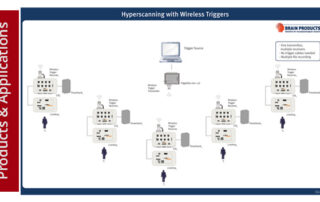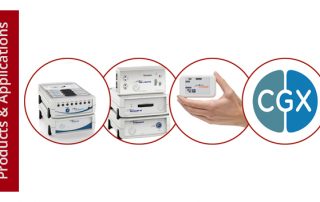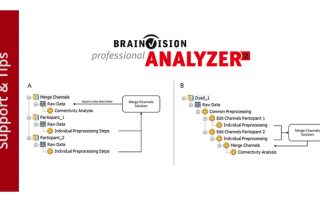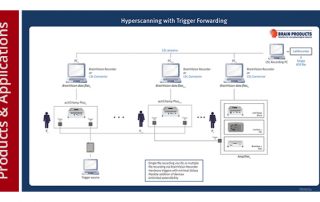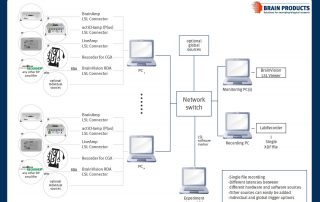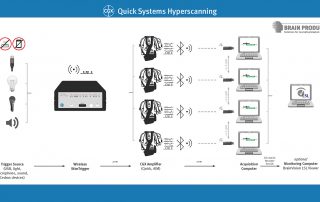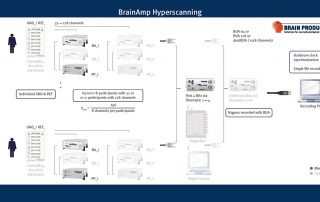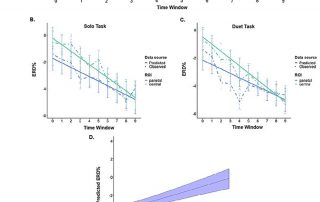Looking for a complete hyperscanning solution for education? Find out how to run an auditory oddball experiment with multiple X.ons in a classroom
Since X.on was released, common questions include if multiple X.ons can be used together and how many can be used simultaneously. To provide an informed answer, we conducted in-house tests and performed EEG paradigms with real participants using multiple X.ons.



